The hunt for the perfect distro
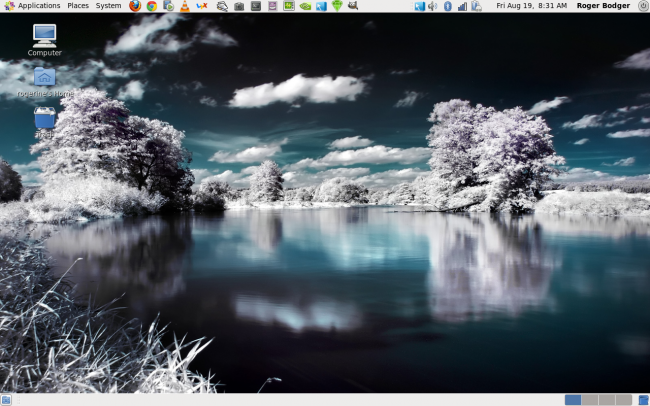
Do you know what this article has in common with the fairly popular book and film called The Hunt for the Red October? Well, nothing really. Except the word hunt. Now, let’s clarify a few things up front. First, there is such a thing as a perfect distro. You’ve seen me declare one or two before. However, that’s given our reality as it is, with limitations and whatnot. But what if there were none?
Second, as we explore this pseudo-virtual reality where anything is possible, I’d like to give you my take on what the perfect distro truly is. Not just in terms of how well packaged and functional it is, against the strict set of expectations, but also what it could be, if we were free to mix and spin as we please, defying the underlying problems that plague Linux these past two plus decades. In other words, if you could cannibalize systems for their best parts and slap them together to form a single uber-distro, what would it lool and feel and behave like. Frankenstein experiment, take one.
Looks – openSUSE
Arguably, openSUSE, KDE edition, is the finest looking Linux distribution on Planet Earth. It all started with the 12.3 release, and continues with the current, 13.1 Bottle version. The finest KDE implementation I’ve ever seen, with such a lovely composition of lines and colors that it leaves the poet mute.
Now, this does not mean that other desktop environments and/or distributions using KDE cannot match this beauty. Yes, they can. But it will require additional effort, and by using mathematical induction, we can prove than any Linux distribution can be transformed into a gold mine excavator after n+1 iterations. So it’s not the matter of who can do what, after 11 hours of work, it’s who offers the best default scheme.
Installation process – again, openSUSE
I’ve ranted a bit about the shortcomings of our favorite operating system in a separate article right here on Netrunner some weeks back. Installing any which system is a tricky process that requires skill and expertise and maybe even some luck, be it Windows or Linux. For most people, this is never an issue, because they buy their hardware preinstalled with some operating system, and they are spared the dilemma. However, if you must do it on your own, you want the procedure to be as intuitive and safe as possible, so you don’t lose any data.
When it comes to altering the disk layout and possibly ruining the data stored there, then openSUSE offers the most benign installation process, with a smart guessing logic where the root partition ought to be located, and where your data should go. The wizard also suggests a separate home partition, and it does not try to format it, if it knows there’s old data there. Now, you can still screw things up, if you try hard, but this is the least evil installer currently available.
Application management – Debian
If you need to add and remove software to your system, then the Debian way of doing it is probably the simplest method. Whether you go through the command-line interface, using apt-get, or by playing with a frontend like Synaptic and many much-better looking alternatives implemented in Ubuntu and family, you’re better off than most other options. For a bunch of reasons, apt-get and friends is the most user-friendly way of managing software installations in Linux. It is the fastest implementation by far, even though it does not try all kinds of bandwidth optimizations like some others, and it does not prioritize repositories. Now, what I’d like to see is apt-get paired to RPM, rather than DEB, and this is what PCLinuxOS did, creating kind of the ultimate combo for package management.
Default program set – Linux Mint
In theory, you can have any application installed on any Linux, more or less. It’s just a matter of downloading stuff, compiling stuff, hoping and praying a little when things get rough. However, why bother? Why not enjoy a simple and convenient and powerful set from the start? Much like the aesthetics part, you can go wild here, but in the default configuration, Linux Mint is the friendliest of the bunch. It’s not just the set of usual programs , like browsers, media players, office stuff, and such. It’s also all the rest: codecs, plugins, language sets, drivers, and other components, which comprise the necessary integral part of a good, healthy and pleasant desktop experience.
Stability – CentOS
You’ve all seen an application error on your desktop. Or you have seen it crash majestically, forcing you to cold boot. Well, not everyone has seen this kind of thing. If you’re using CentOS, you may have been lucky, or rather, blessed with a perfect, top-notch stability, which comes from the fanatic effort invested in this server distribution cum home product.
The downside of keeping the interface compatible for all eternity and introducing changes and new programs with an almost paranoid slowness are offset by a total lack of problems, which you can often encounter on other Linux distributions. Compare the release cycles, if you please. The latest CentOS runs the kernel 2.6.32, released approx. four years back or so. Most contemporary distros are churning along with the kernel 3.9 or even higher. Take another example, Firefox. CentOS ships with the ESR edition, so it’s a year in between updates for you. The classic Gnome desktop is there, if you want it. Old school. There’s a definite benefit in having some of the latter, more modern stuff, but the bleeding edge of technology comes with a mandatory price, and it’s blood. Hence, the term bleeding. Still, you can have all the fun, but it takes some effort.
In my ideal world, all distributions would have the CentOS-like stability. This would mean slower progress, of course, and fewer release cycles. Going live every six months and then supporting your software for mere nine is brutal. There’s hardly any time for proper QA, and this shows.
Base system & support – RedHat
Now, the tricky question, what do you base your system on? I’d say RedHat. It’s not that the rest are inferior from the technological perspective, it’s just that it makes most sense. It’s the by-the-book implementation, and no mistake, and it’s what you want for work, and it’s what you don’t care about at home, but it’s still good knowing that your system is embedded in logic.
Then, there’s the matter of support. Ideally, you change operating systems when you replace your hardware. Until recently, Linux offered limited home support that only started changing with Ubuntu LTS editions, which had extended from three to five years. RedHat still gives you a whole decade more or less, much like Microsoft, and you get the same from CentOS. Boring you would say? Not good enough for your home environment? Well, once upon a time, I may have thought so, but then, if you look at a distro like Fuduntu, it proves (proved) that you can have immense fun even if you run RedHat underneath. Well, Fedora, but it’s the same thing. More or less.
Conclusion
There you go. The ultimate distribution runs on RedHat code, but it uses Debian’s package management, it’s probably flavored with KDE from openSUSE, and it borrows its installation wizard. Moreover, the stability comes from CentOS, and the applications are taken from Linux Mint. A bit of everything.
It makes sense. If you think about it, it’s relatively easy to find faults with all of the distributions above, for the simple reason that they took the Linux core and then forked in their own direction, burdened with their mission statement, ideology and other constraints. Now, if we could somehow bring them all back together into the fold and start cross-breeding like a happy bunch of sheep on steroids. The end product would truly be the ultimate distro that is the best in every sense. The only problem would be the name. The distribution would be called openCentHatMintian. And we’re done.
Cheers.

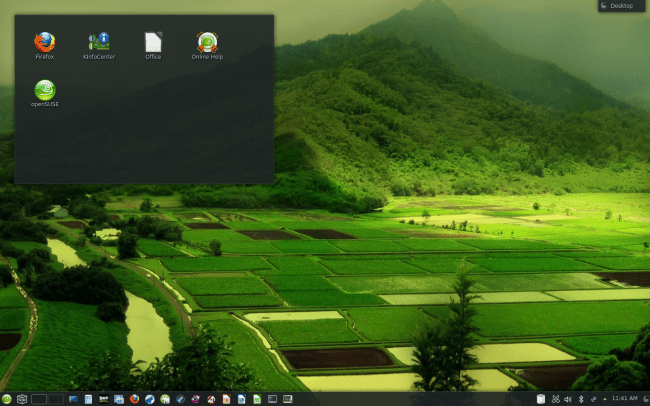
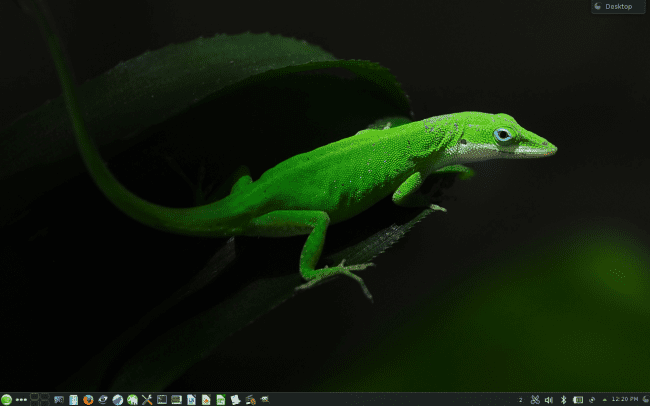
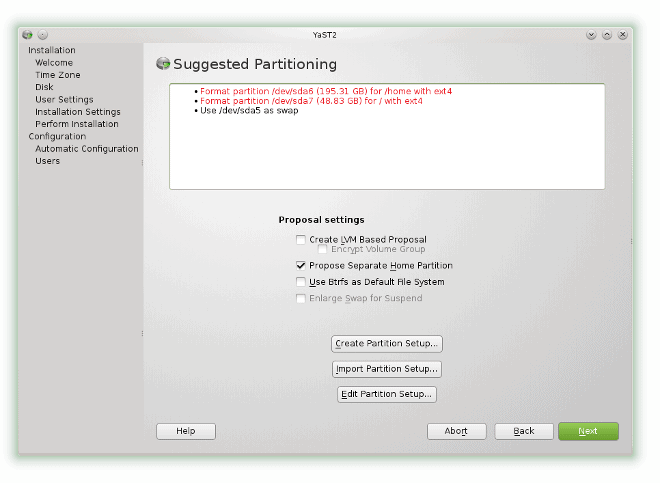
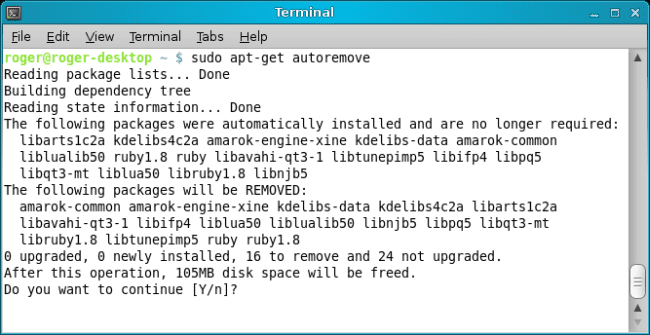

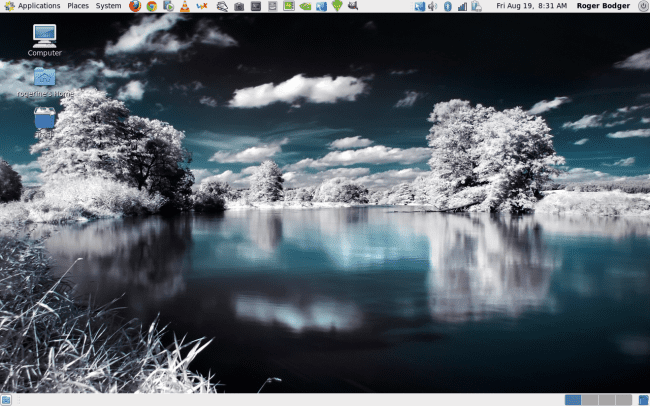
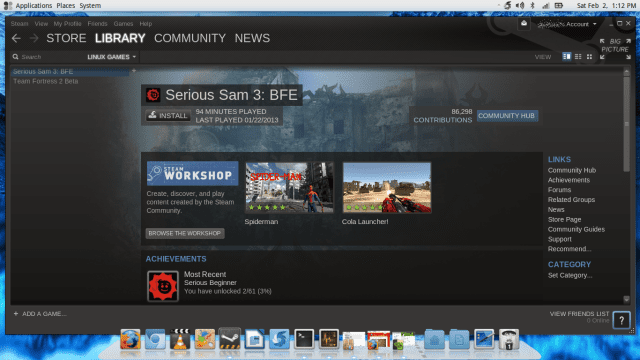
openCentHatMintian?
Hmmm, that would be oCHM? Not that I that I mentioned that for any particular reason, I just felt it needed to be said…or pointed out…just don’t ask me why.
You’re going to ask me why aren’t you?
I have the feeling that you’re going to get a few responses to this article from those stating the perfect distro already exists–theirs. I understand this is a “in a more perfect world” type of post but there’s always those who won’t take it that way. But that’s okay, isn’t it?
Personally then.
I agree that Debian has the simplest package managing system overall and for those who Ubuntu or Ubuntu based distros, the addition of the PPA system makes for an excellent application ecosystem (if that is the right word) for those who use Linux distributions. I’m sure others have their own opinion. And as much as I’ve wanted to really like KDE, I’ve never quite gotten there even though I tend to agree that openSuse has the best implementation of it.
I’ll just let the rest of it go as I tend to be a wordy b****ard anyway and my comments tend to ramble about as it is.
So, for myself, I’ve wandered all over the place in the past as far as distros go and finally settled on Linux Mint and used a couple of other test partitions to satisfy my “hopping” needs. Linux Mint/Cinnamon is still my main OS on my desktop PC but I’ve switched over my laptop to Manjaro/Cinnamon 2.0.14. Something about pacman (for access to the Manaro repos) and yaourt (for access to AUR) that really appeals to me plus the “home-grown” Pamac GUI front end to both that the Manjaro has developed.
However, all the above only appeals to me personally which is why I believe that in reality, there’s no such thing as a perfect distribution and never will be. It’s the factoring in of the human equation (condition?) that makes it so.
Happy holidays to you and yours, Dedoimedo.
Over the past fifteen years or so, I think I tried them all. Linux Mint is my Distro of choice. At least with Linux, there is a choice. That’s why my computer has five different drives…there’s always that new Distro down the road.
Put MATE on RHEL/CentOS 7 when available, go grab the OpenSuse theme, and you’re a bit closer to openCentHatMintian.
Been awhile since last trying OpenSUSE but will check it out after reading this review.
So I went ahead and installed this on my spare partition. The update fizzled part way through the process. I had trouble getting the distro to play nice with my video card even with the latest driver.
OpenSUSE really is pretty – but beauty is skin deep. I heard on the grape vine that YaST was fantastic tool, and I loved the web-based repo/one-click installation feature, but I was not really up for much experimenting, since the updater consistently crashes part way through updating. If it could have CentOS’s stability, yes, that would be great. I’ll stick then to a more stable graphical distro for my recommendations.
As for the base part of the distro…. why are we differentiating CentOS from RedHat? CentOS is a recompiled unbranded RedHat no? Or am I missing a trick?
Also, the paranoid stability is encountered in Debian as well, but it’s easier to have a rolling distro on Debian by simply following “testing” specifically. Being able to opt for a rolling distro (possibly at the price of a little stability) should also be an option no?
Finally the PPA mechanism started by Ubuntu is what helps Mint get such a large app ecosystem – but Canonical intended the PPA mechanism to be adopted beyond *buntus so that may yet become a reality Linux-wide.
What we’re looking at then is a CentOS with KDE (with a testing/rolling repo, that’d be good), and an implementation of PPA-style extra-repos.